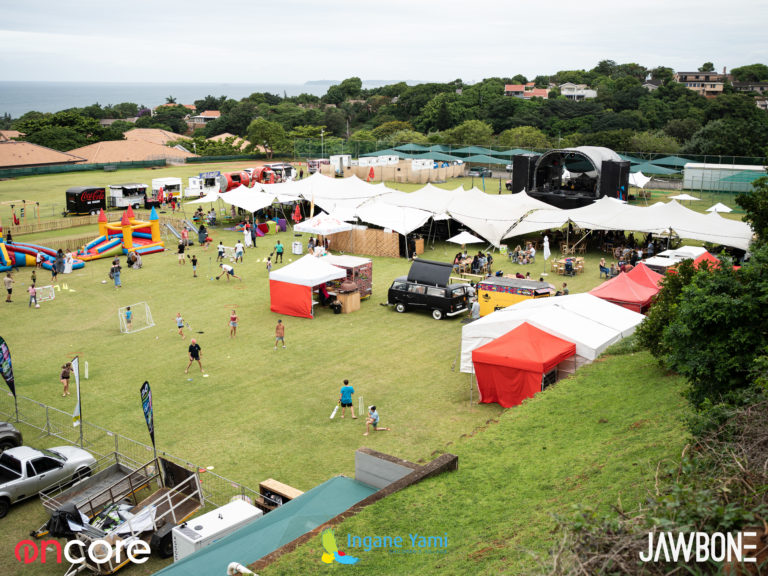Communicating a brand through a unique experience in the real world.
This is the simplest form of explaining what experiential marketing is. It’s where you get to touch, see, taste and hear the product. The thing about experiential marketing is that it can take any form you wish. Uniquely suited to your brand which doesn’t fall under a channel of marketing such as TV or Print.
Because experiential marketing doesn’t have a channel it doesn’t have a set way of reaching people. Thus, experiential marketing falls under two forms of reach: Direct and Indirect Reach.
Direct Reach is engaging with your consumers directly. They will be exposed to the media immediately.
Indirect reach is an idea that is designed to be heard about via other channels. You gain knowledge about it rather than gaining primary exposure to it. Indirect reach campaigns need to be extremely creative and daring as you are relying on the word of mouth rather than how many people are going to attend.
To identify which is best for your brand, have a look at these 4 types of direct and indirect experiential marketing.
PRODUCT SHOWCASE
DIRECT
One of the most common types of experiential marketing is showcasing your product. When you have a great product, it’s as easy as showing it to your consumer.
Uber used their service to get people to use it for kittens. It didn’t mean much but it made people favour Uber.
IMMERSIVE EXPERIENCE
DIRECT
Immersive. Self-explanatory- deep consumer experiences trying to attract the maximum number of participants.
Mini used VR to get people involved in their brand.
CONTENT GENERATING STUNTS
DIRECT/INDIRECT
Very similar to immersive experiences, content stunts are ambitious, whilst designed for meaningful and secondary reach. These stunts are designed with larger audiences in mind.
This type of experiential marketing has to be creatively exciting otherwise they tend to not work. Heineken didn’t use beer directly but they used a stunt to get to people to remember their brand.
BUSINESS INNOVATION AND SERVICES
INDIRECT/DIRECT
This type of experiential marketing is designed with a long-term goal in mind. It isn’t just for the short fix. It’s the newest, most durable and innovative form for brands to add something to their brand model. It won’t necessarily appear to be marketing in the eyes of the consumer.
Dulux made a direct impact on people’s lives by using their product.
Experiential marketing serves its purpose when it solves a real problem or provides a service that is needed within the marketplace. It has to take place in the real world for people to experience your brand first hand.
Although much of our marketing lives in a non-tangible world (the web) there is still a need to create an experience that is like no other for people to come into contact with your brand, we are creatures of curiosity after all. Use that to your advantage.





